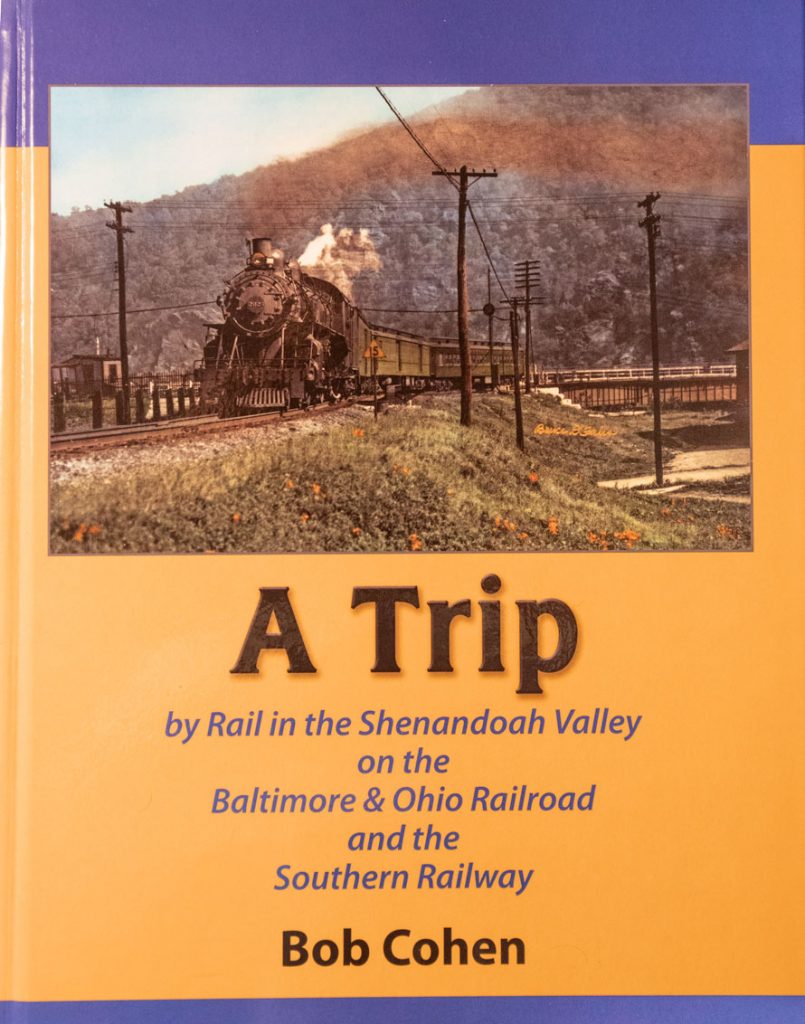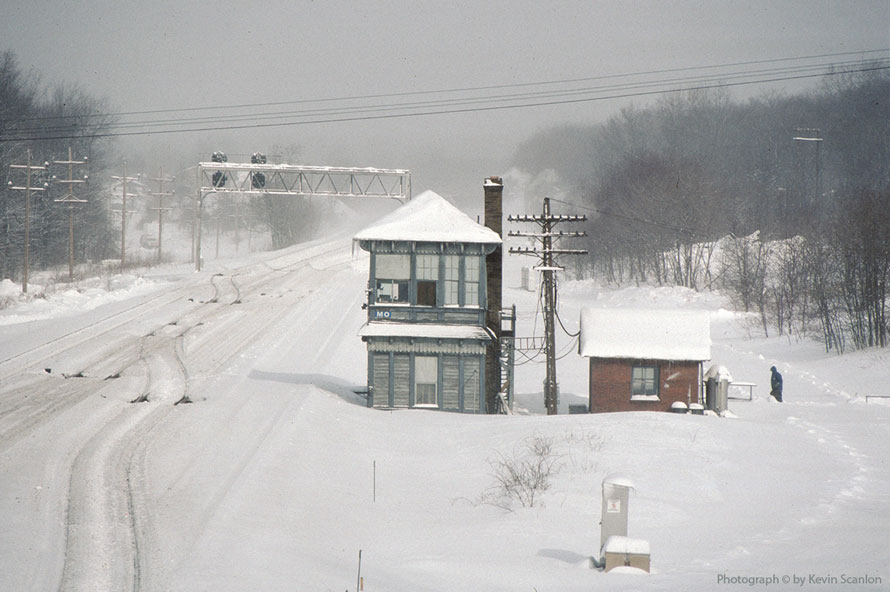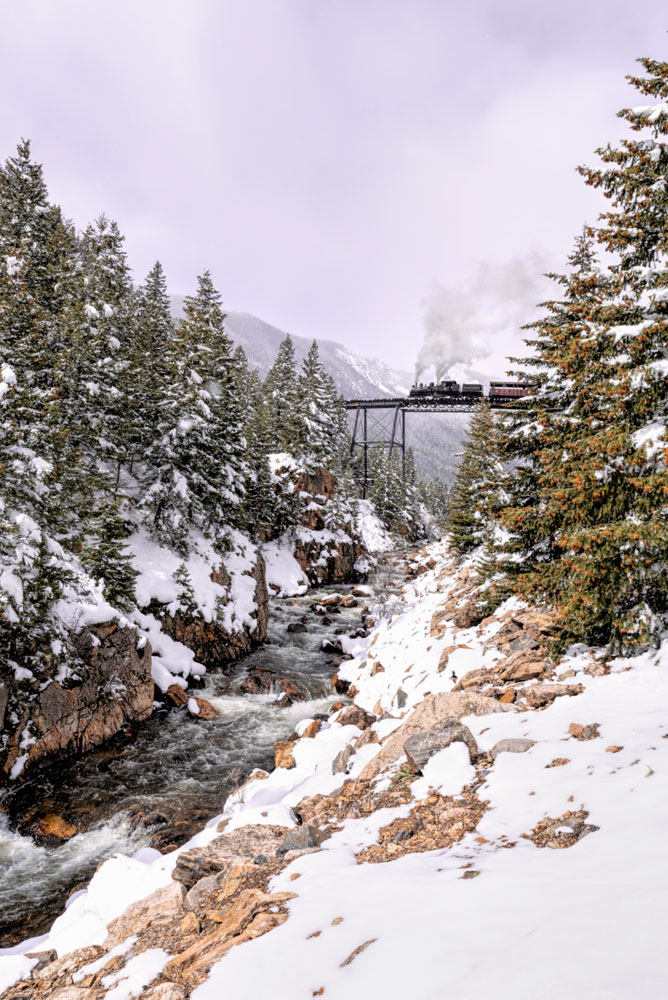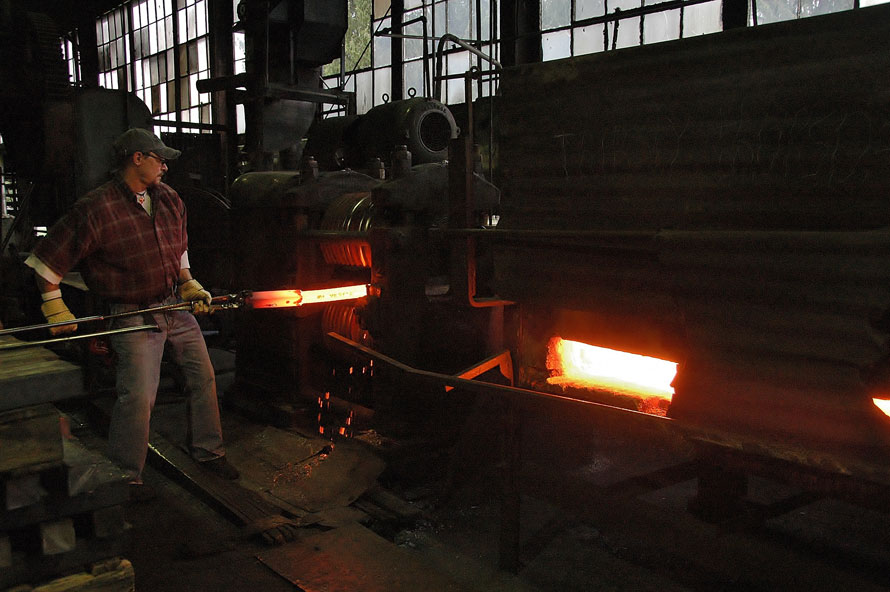“Items in the news remind us that a new generation has arisen that knows nothing of the intricacies of the three pedals of the old ‘Model T’ steerage or the most palatial suite of a modern luxury ocean liner or the cinders, soot, and smoke of the old coal burning steam locomotive. But those who do find various modes of expression for their particular sentimental attachment.” – Roy L. Peterson, Belvidere Daily Republican, September 25, 1967
There are around one thousand preserved steam locomotives in the United States today. Most are confined to parks or museums. The lucky few have been restored to operation and pull special trips several times per year, bringing the lucky passengers on a trip back in time. However, even after being preserved, some locomotives were still ultimately lost to the cutting torch. Locomotives that met such fate that come to mind include Texas & Pacific No. 638, Southern Pacific No. 743, and of course, the Chicago Burlington & Quincy No. 5632 and Grand Trunk Western No. 5629. This is the story of the latter two, the locomotives that they were preserved with, and the man behind it all—Dick Jensen, a pioneer in the effort to preserve steam locomotives.
Part I: A Passion For Steam
By 1924, the Grand Trunk Western Railway needed a steam locomotive that could haul passengers and do it fast. The answer was the K4 series of 4-6-2 Pacific type locomotives, the first of which (K4A) were erected at the American Locomotive Company’s shops in Schenectady, New York in January and February of 1924. (After the first order, the GTW would turn to Baldwin for future K4s). The K4As were equipped with 73-inch drivers and produced 41,000 pounds of tractive effort. Designed to pull commuter trains in Michigan, the engines could easily reach 100 miles an hour with a full passenger train (in the later years of their service, they also pulled freight trains).
Read more


